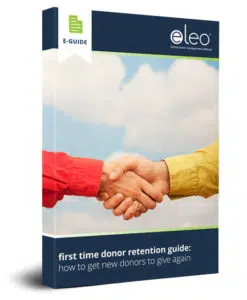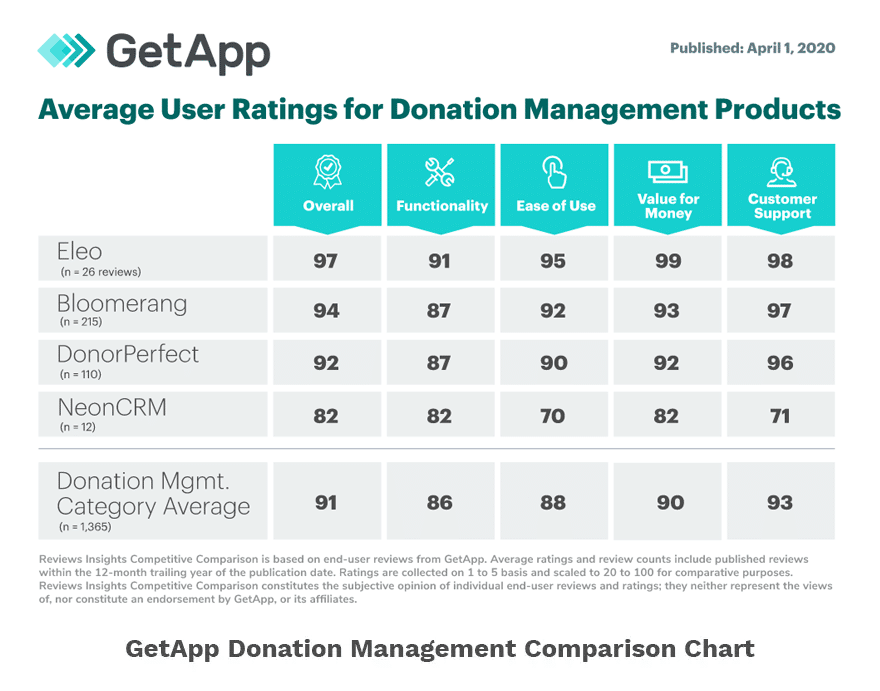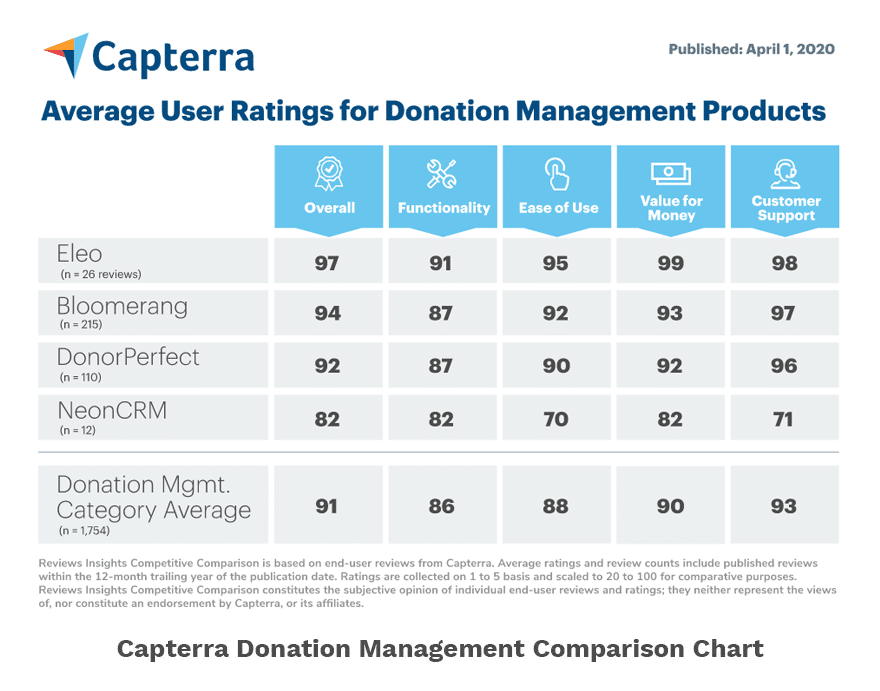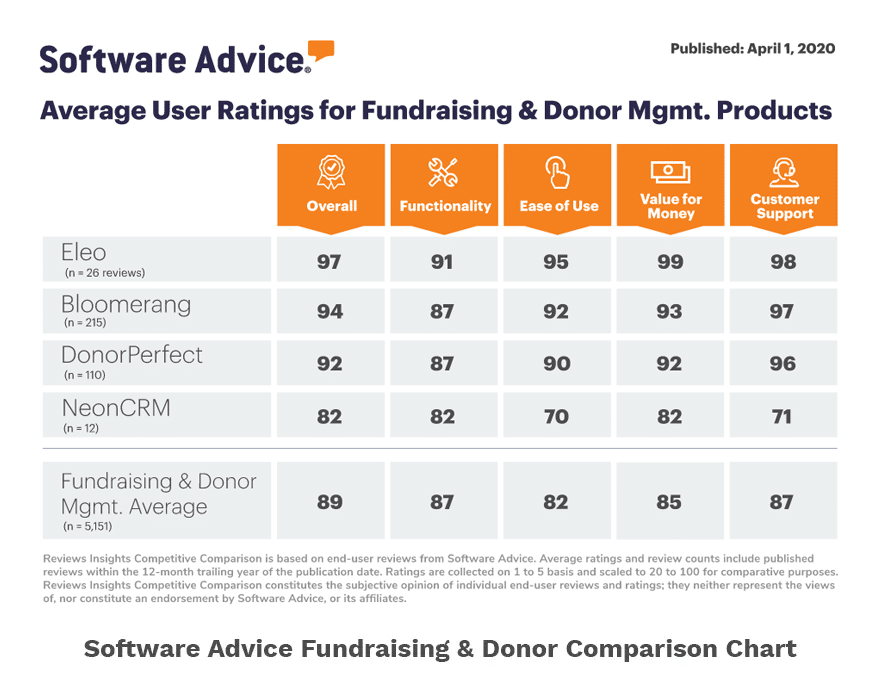
Most small nonprofits understand that a “thank you” to every donor within 24 hours of their donation is a critical part of the fundraising process. However, that initial “thank you” is only the first step in a donor recognition program that reinforces your appreciation for donors and contributes to a positive, rewarding experience with your nonprofit.
Let’s discuss what a donor recognition program looks like and why it’s so important to your donors and your organization!
What is a donor recognition program?
A donor recognition program is the structured practice of expressing gratitude to donors. The primary goals are to build stronger donor relationships and keep donors engaged, which will make donors more likely to continue giving.
Recognition can come in many forms, including but not limited to:
- Personal communication, such as phone calls, letters, emails, cards and in-person visits.
- Special awards.
- Social media and newsletter shoutouts.
- Inclusion in annual reports and impact reports.
- Announcements during events.
- Donor walls, plaques, bricks, benches, etc.
- Naming of a facility, room, or event.
- Exclusive benefits, such as invitations to special events, premium seating, first opportunity to purchase tickets or sponsor an event, and behind-the-scenes experiences, tours, and meet-and-greets.
Keep in mind that donors may wish to remain anonymous! This should be noted in your donor management software, but it’s always a good idea to get permission from donors before recognizing them publicly. Of course, you can still recognize donors privately while respecting their wishes.
Donor recognition programs are often broken down into tiers to ensure the level and type of recognition match the donor’s commitment and generosity. Tiers can be based on:
- The size of the donation.
- The type of donation (cash, in-kind, time).
- The type of donor (individual, business, foundation, etc.).
- How long the donor has been giving.
These types of tiers can be created rather simply with your donor management software. You can then determine the appropriate type of recognition based on various tiers and update donor profiles as they reach those tiers.
Why is recognition important to donors?
According to PlannedGiving.com, one of the top reasons donors stop giving is, “The charity did not acknowledge my support.” Ouch!
Think about the signals you could be sending if you don’t recognize donors beyond the initial “thank you.” They could assume you no longer need their support or decide that other nonprofits are more deserving. They may wonder how their gifts were used. These signals, by the way, are also common reasons donors stop giving.
Donor recognition makes your supporters feel valued and special! It shows they made the right decision to donate to your nonprofit. Donors who are recognized will feel a closer connection to your organization and mission, and they’ll have a greater understanding and appreciation of the impact of their gifts.
How will your small nonprofit benefit from a donor recognition program?
For the reasons mentioned in the previous section, donor recognition programs increase donor retention and increase the likelihood of receiving larger gifts in the future.
Ongoing engagement will also keep your small nonprofit top of mind with donors. This will build awareness not only of your organization, but how much you value your donors. With increased awareness come introductions to potential new donors!
Donor recognition can also help your small nonprofit establish a culture of gratitude in which relationships are emphasized and appreciated. In fact, nonprofits that create donor recognition programs will often create similar programs for staff and volunteers!
In the next article about going beyond “thank you” to develop a meaningful donor recognition program, we’ll discuss best practices, factors to consider during the planning process, and ideas for donor recognition!






